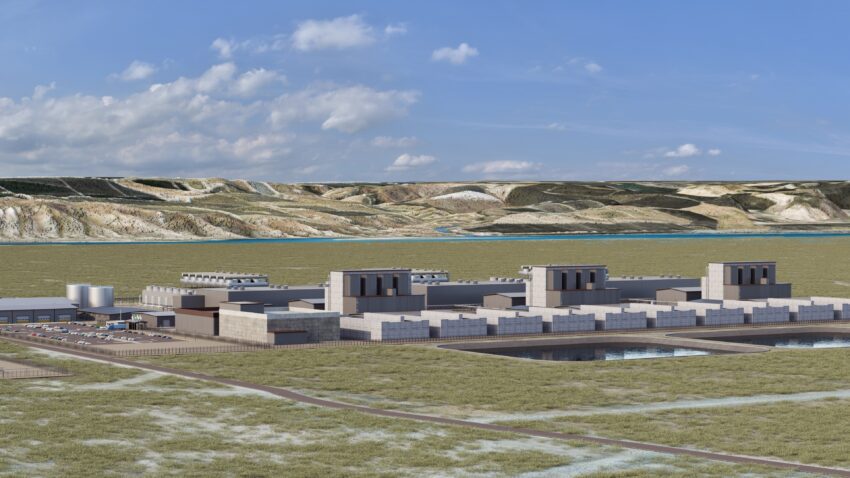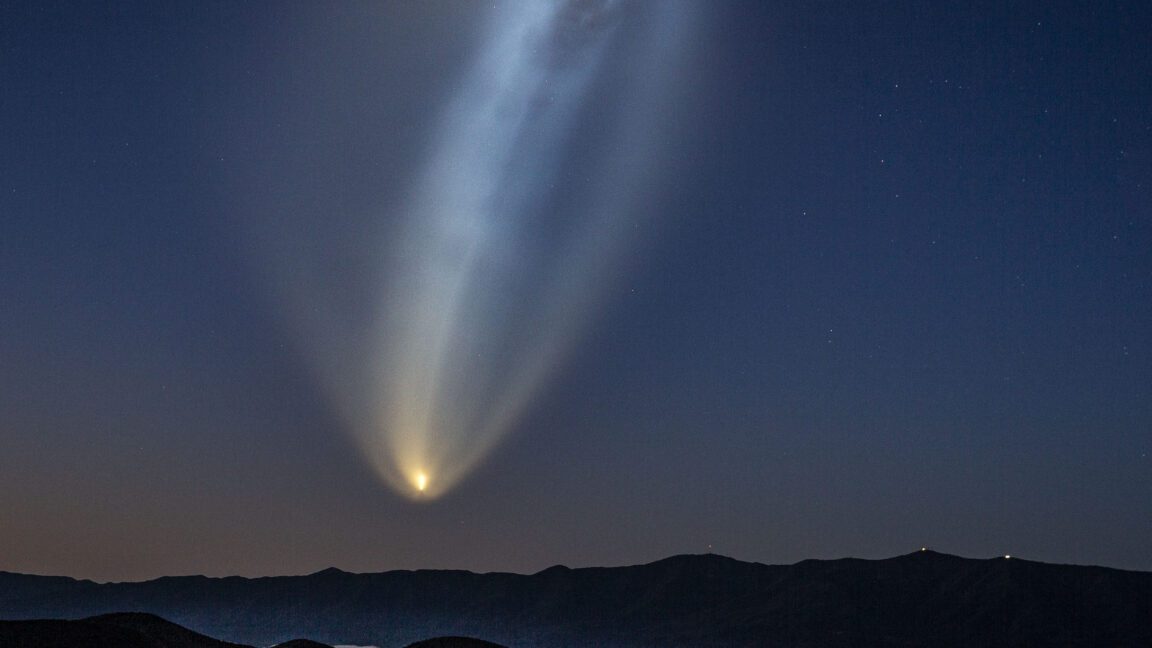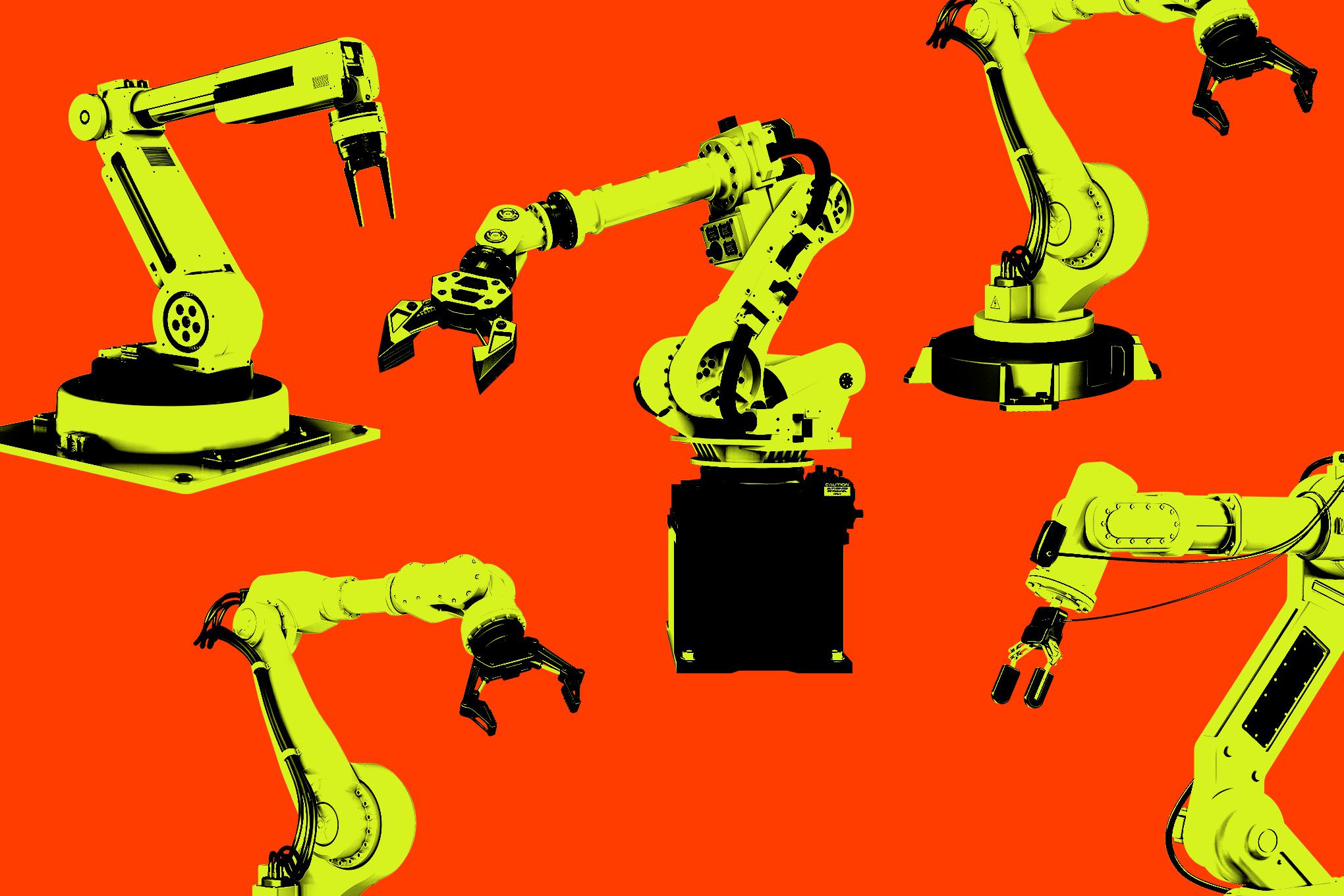
amazon shares a first look at new Amazon has unveiled new details regarding its ambitious plans to enhance nuclear energy deployment in Washington State, marking a significant step towards sustainable energy solutions.
amazon shares a first look at new
Overview of the Cascade Advanced Energy Facility
Amazon’s initiative is centered around the Cascade Advanced Energy Facility, a project that aims to harness advanced nuclear technology to provide cleaner energy. This facility is part of a broader agreement with Energy Northwest, a consortium of public utilities in Washington, which was announced approximately a year ago. The agreement outlines plans for the development of up to 12 advanced nuclear reactors by the early 2030s, a move that could significantly alter the energy landscape of the region.
Capacity and Design
The Cascade facility will initially consist of a 320-megawatt phase, with the potential for additional capacity that could bring the total to 960 megawatts. This output is projected to be sufficient to power approximately 770,000 homes across the United States. In contrast to traditional nuclear reactors, which often require expansive land areas—sometimes exceeding a square mile for similar capacity—the Cascade facility is designed to occupy just a few city blocks. This compact design is a hallmark of small modular reactors (SMRs), which are intended to be more cost-effective and easier to deploy than conventional nuclear power plants.
Job Creation and Economic Impact
Amazon’s blog post detailing the Cascade facility highlights its potential economic benefits. The project is expected to create around 100 permanent jobs once operational, alongside more than 1,000 construction jobs during the building phase. This job creation is particularly significant for the local economy, as it not only provides employment opportunities but also fosters skills development in advanced energy technologies.
Technological Innovations in Nuclear Energy
The Cascade Advanced Energy Facility will utilize next-generation nuclear technology that focuses on safety, efficiency, and sustainability. These small modular reactors are designed to be inherently safer than traditional reactors, incorporating advanced safety features that minimize the risk of accidents. The modular nature of these reactors allows for incremental deployment, meaning that additional units can be added as demand for electricity grows, providing flexibility in energy production.
Environmental Considerations
As the world grapples with climate change and the urgent need for sustainable energy sources, nuclear power presents a viable solution. Unlike fossil fuels, nuclear energy generates electricity with minimal greenhouse gas emissions. The Cascade facility aims to contribute to Washington State’s clean energy goals, aligning with broader national and global efforts to reduce carbon footprints. By investing in nuclear energy, Amazon is positioning itself as a leader in the transition to a more sustainable energy future.
Regulatory and Developmental Challenges
Despite the promising aspects of the Cascade facility, several challenges lie ahead. The development of advanced nuclear reactors is still in its infancy, and these technologies must undergo rigorous testing and licensing processes before construction can commence. The Nuclear Regulatory Commission (NRC) plays a crucial role in this process, ensuring that all safety and environmental standards are met. As such, construction of the Cascade facility is not expected to begin until the end of the decade, highlighting the lengthy timeline often associated with nuclear energy projects.
Stakeholder Reactions
The announcement of the Cascade Advanced Energy Facility has garnered mixed reactions from various stakeholders. Proponents of nuclear energy argue that this initiative is a necessary step towards achieving energy independence and sustainability. They emphasize the importance of diversifying energy sources to include nuclear power, which can provide a stable and reliable energy supply while reducing reliance on fossil fuels.
On the other hand, some environmental groups express concerns regarding the long-term implications of nuclear energy, particularly in terms of waste management and the potential for accidents. These groups advocate for a more cautious approach to nuclear energy development, emphasizing the need for comprehensive safety measures and robust waste disposal solutions.
Amazon’s Broader Energy Strategy
The Cascade Advanced Energy Facility is part of Amazon’s larger commitment to sustainability and renewable energy. The company has set ambitious goals to achieve net-zero carbon emissions by 2040 and is actively investing in various renewable energy projects, including solar and wind. By diversifying its energy portfolio to include nuclear power, Amazon is taking a proactive approach to ensure that its operations are powered by clean energy sources.
Future Implications for the Energy Sector
The development of the Cascade facility could have far-reaching implications for the energy sector, particularly in the context of the ongoing transition to cleaner energy sources. As more companies and governments recognize the potential of nuclear energy, there may be a shift in public perception and policy regarding its role in the energy mix. This could lead to increased investment in nuclear technology and infrastructure, ultimately contributing to a more sustainable energy future.
Conclusion
Amazon’s announcement regarding the Cascade Advanced Energy Facility marks a significant milestone in the company’s efforts to promote sustainable energy solutions. By investing in advanced nuclear technology, Amazon is not only addressing its energy needs but also contributing to the broader goals of reducing carbon emissions and fostering economic growth in Washington State. As the project progresses through the necessary regulatory channels, it will be essential to monitor its development and the reactions of various stakeholders to ensure a balanced approach to nuclear energy deployment.
Source: Original report
Was this helpful?
Last Modified: October 17, 2025 at 5:40 am
4 views















